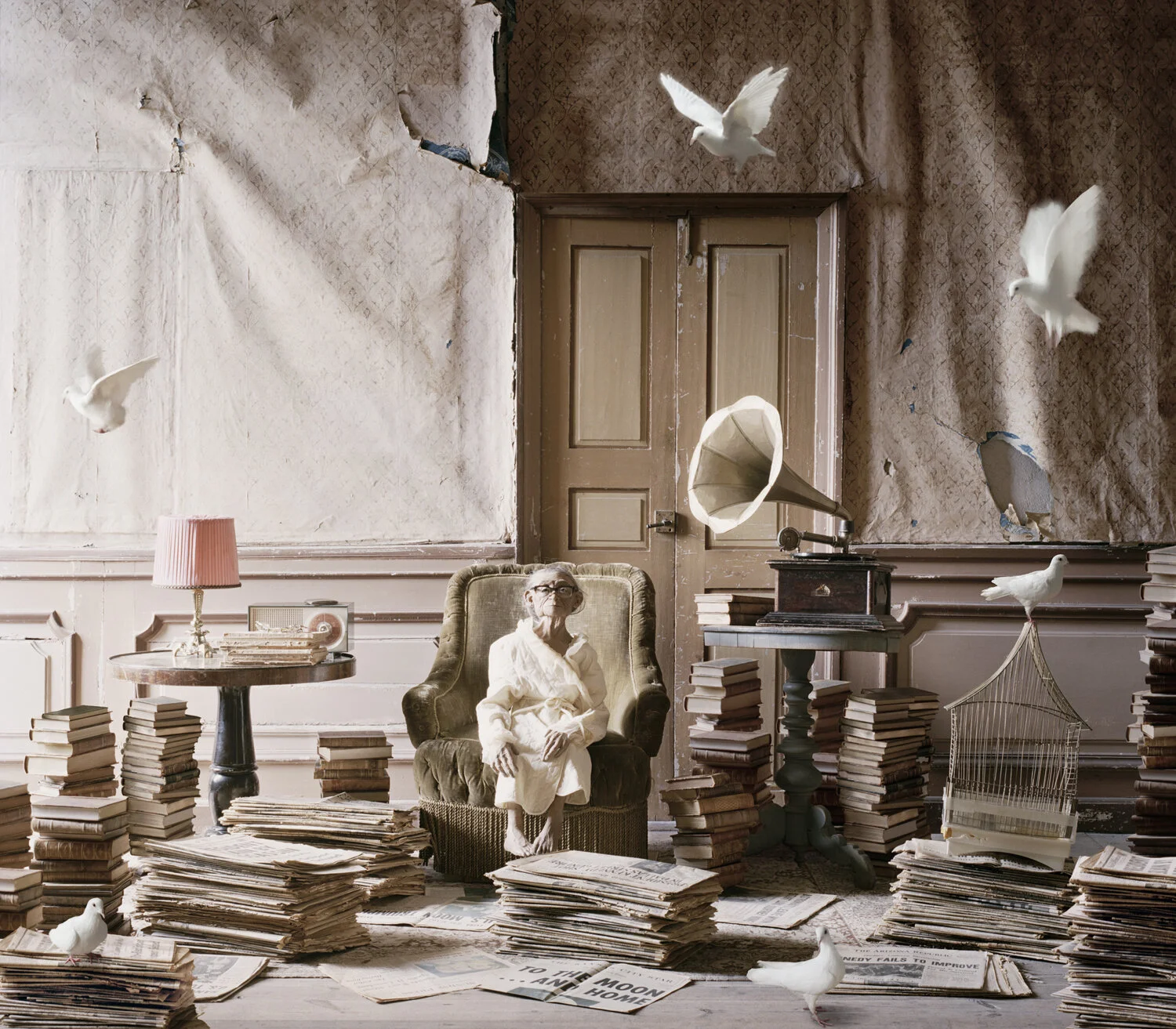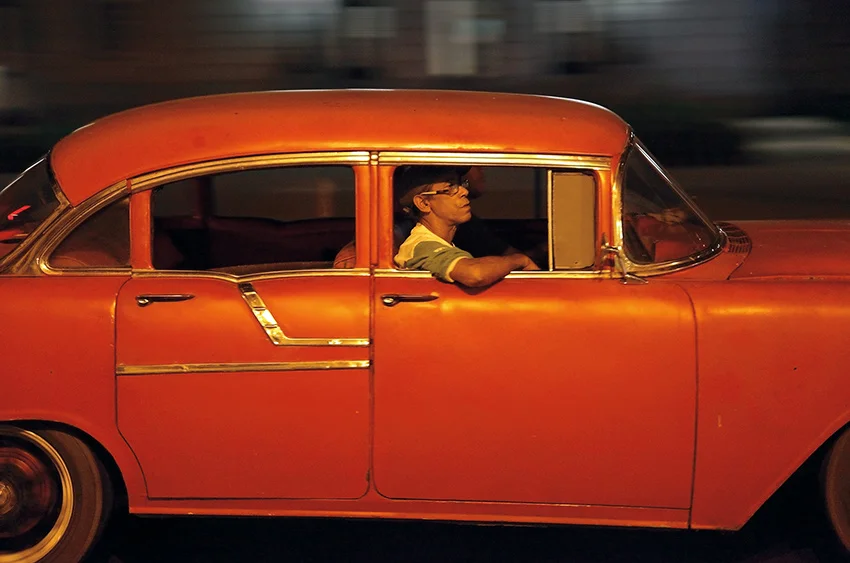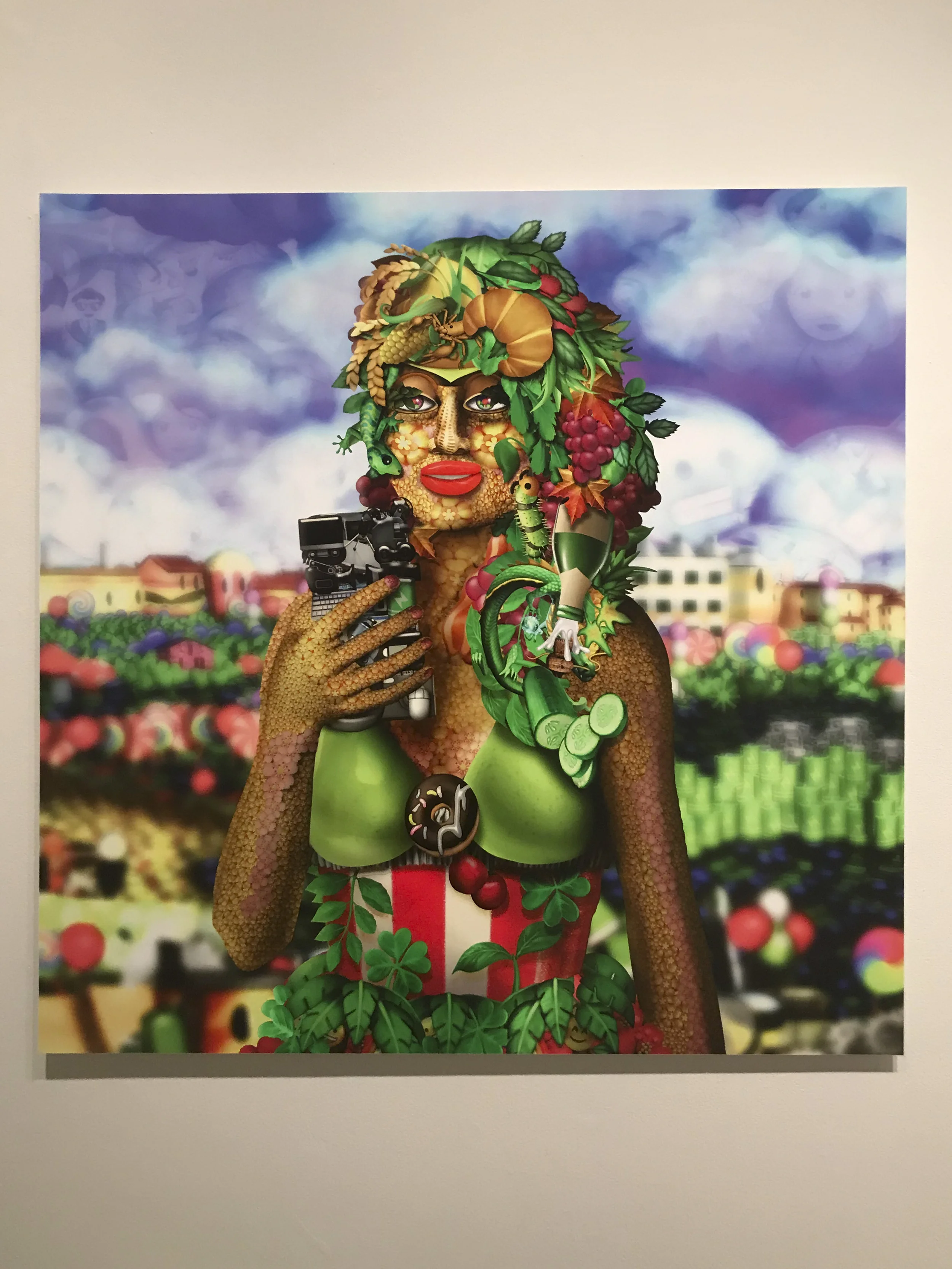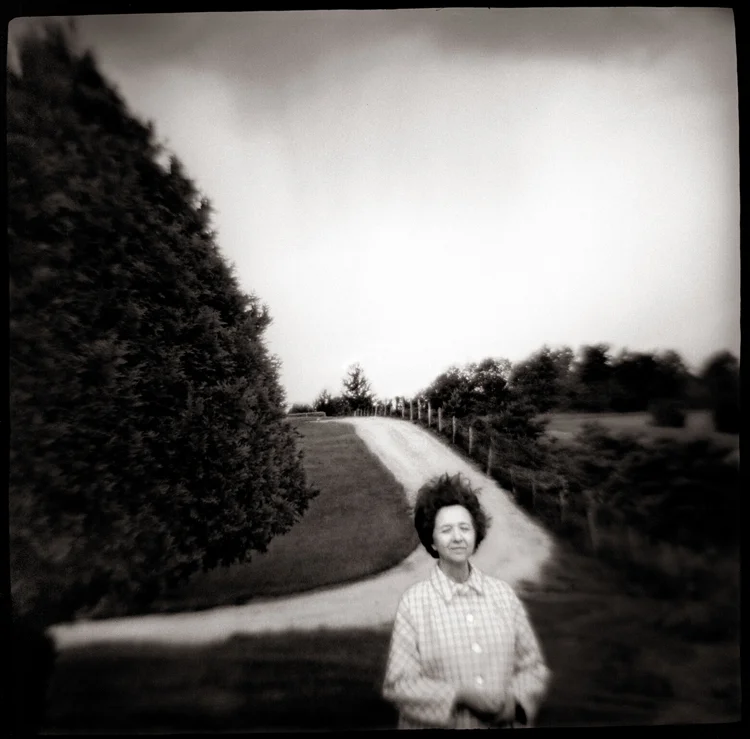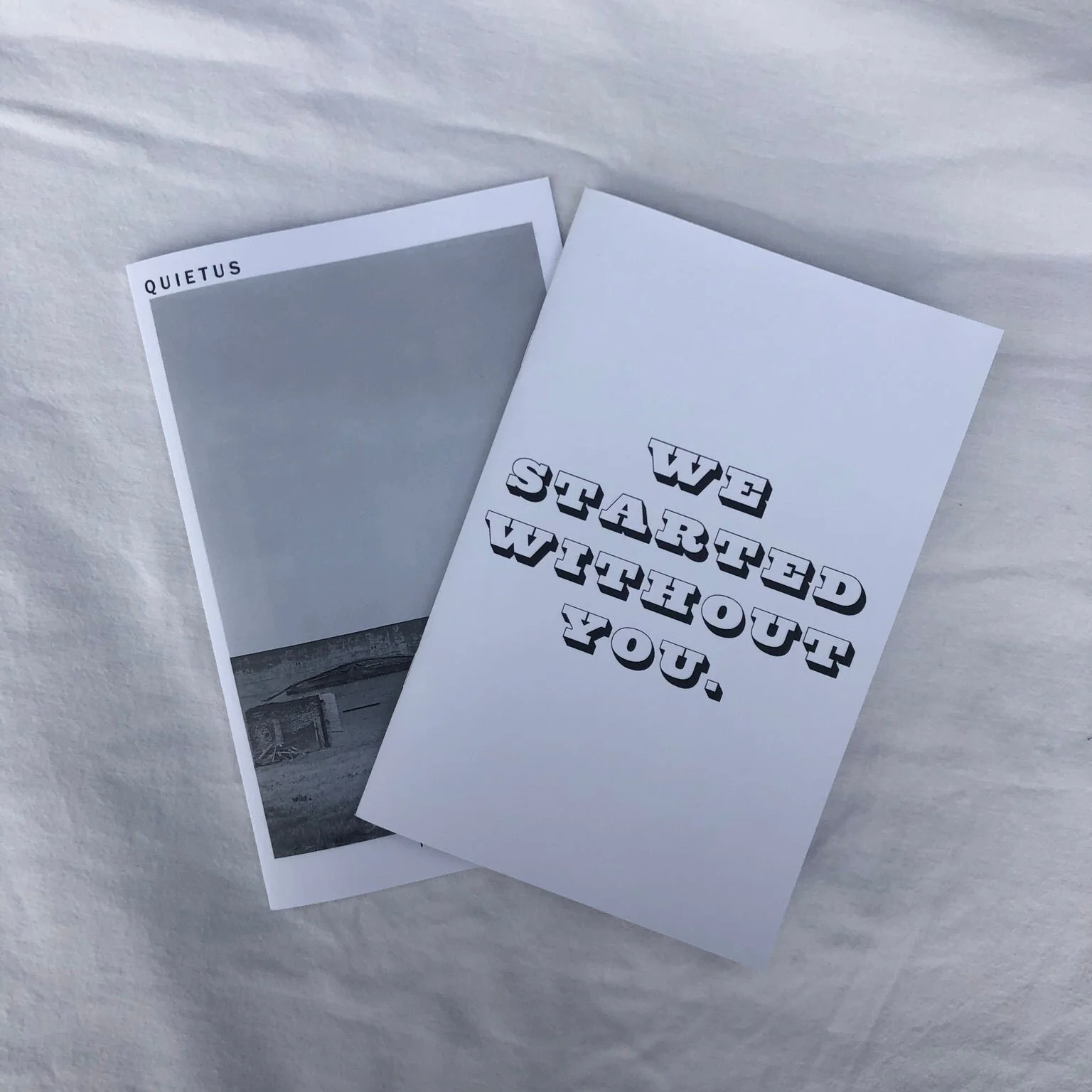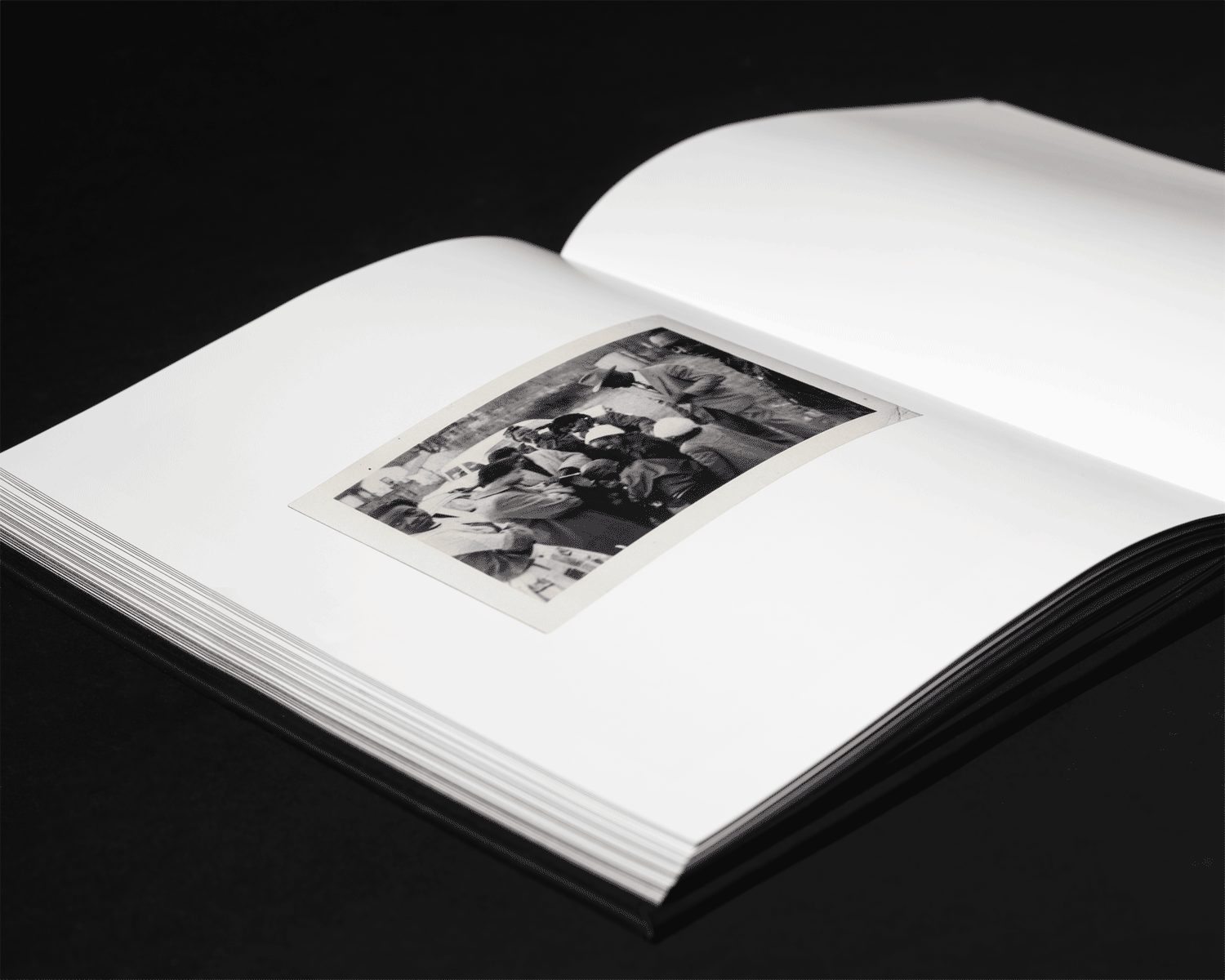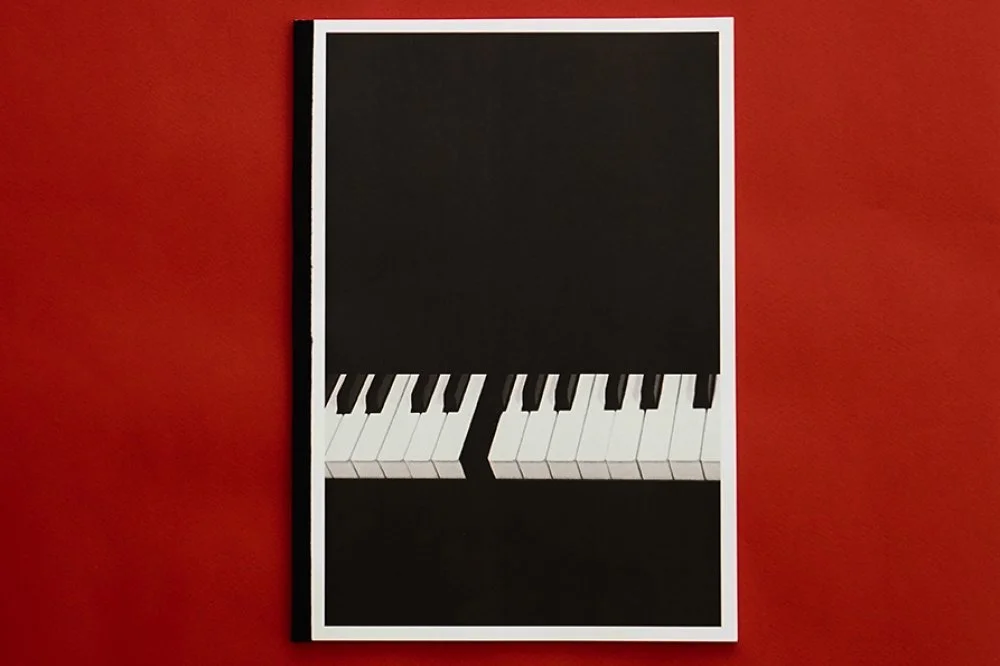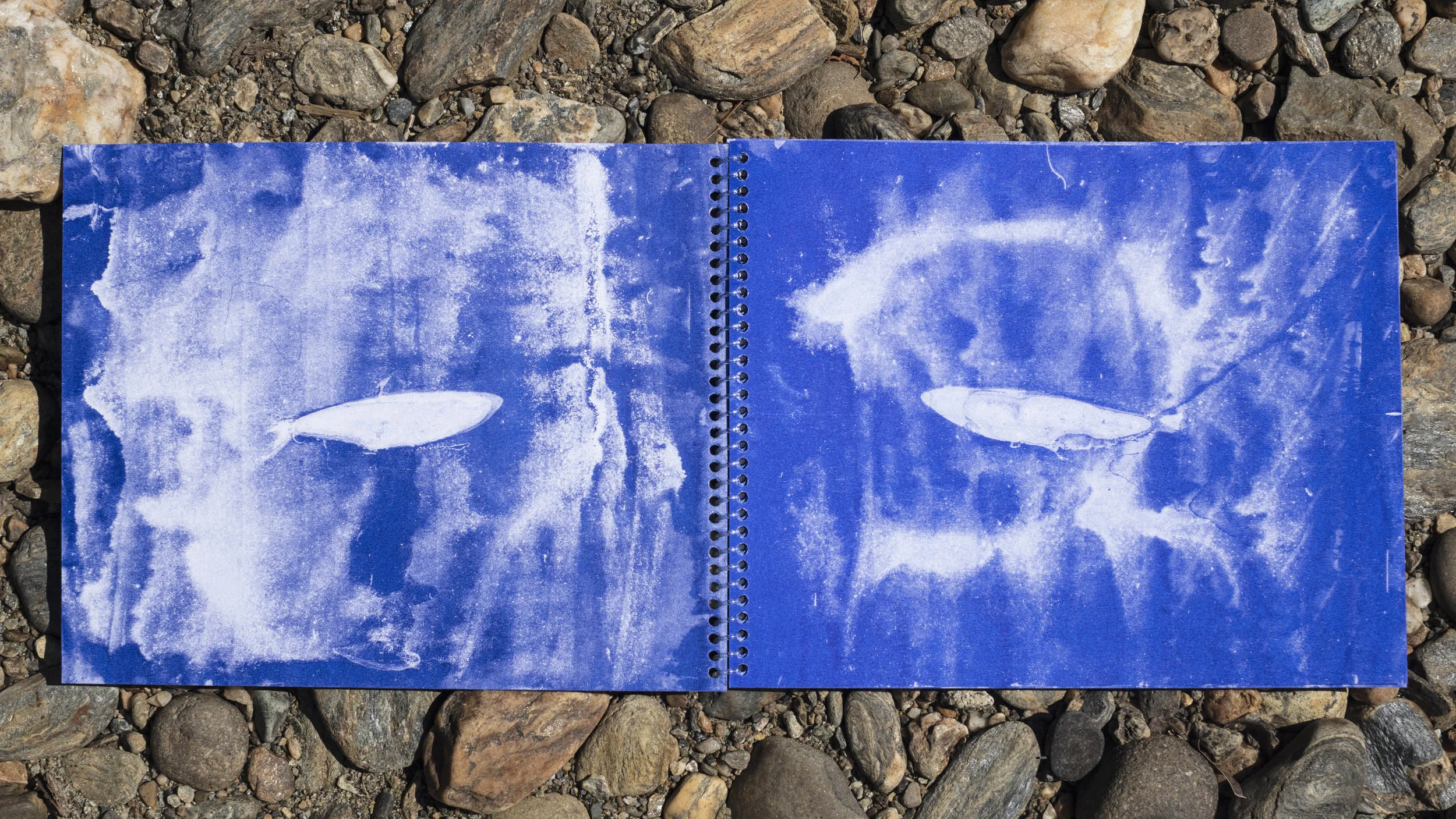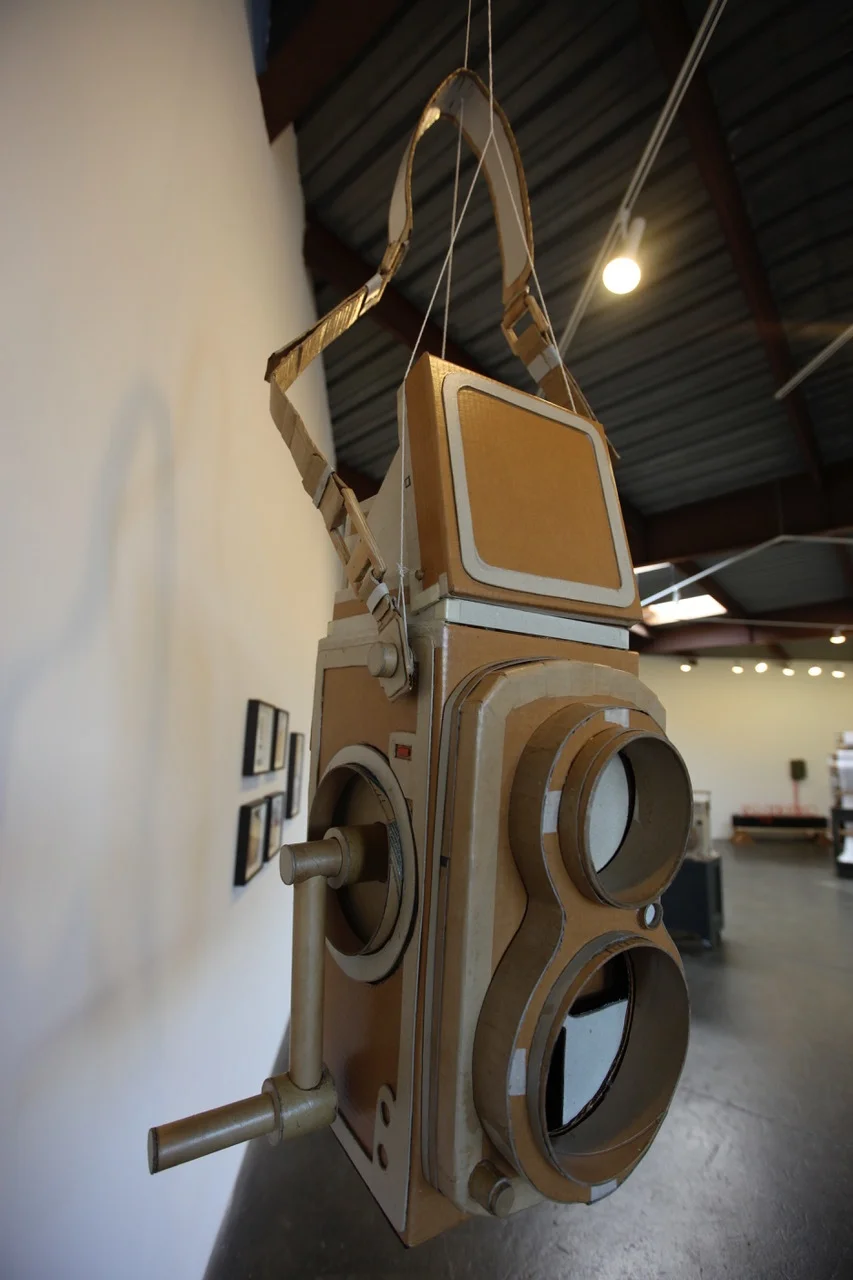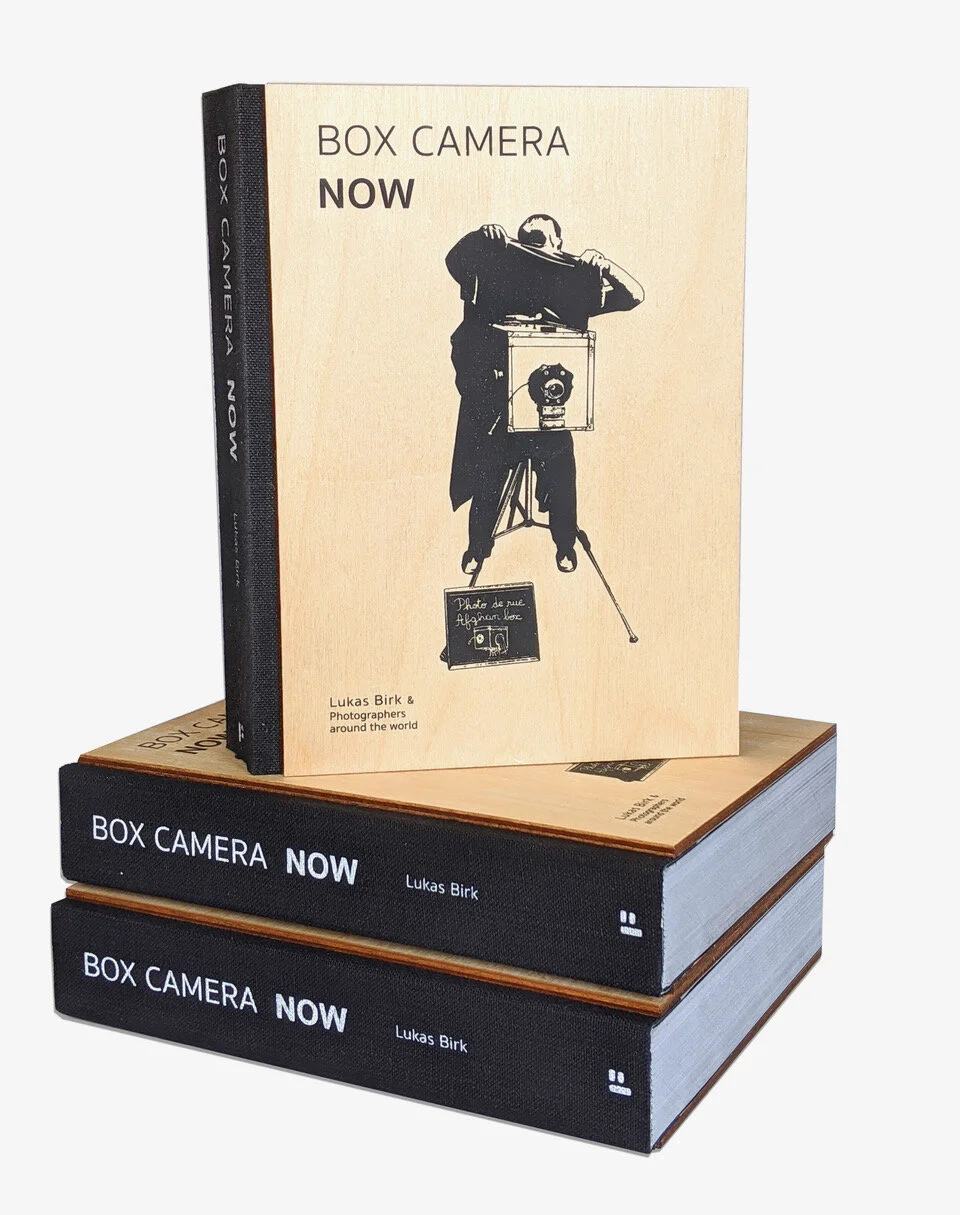Don’t Take Pictures contributing writer Dan Shepherd interviews Julie Blackmon about her new book, Homegrown, motherhood, and creating a long-term body of work.
Dan Shepherd for DTP: Congratulations on the whirlwind of Autumn exhibitions for your current series, Homegrown. London, New York, Seattle and Paris Photo’s book-signing event with Radius Books and the Robert Mann Gallery. The new book Homegrown, your second with Radius, looks gorgeous. Do you like working with Radius?
Julie Blackmon: I love them. I love working with David Chickey (designer and publisher) and the non-profit mission of Radius. They just want to make beautiful books and they are really good at what they do. The way David designed the cover, making a vertical out of the landscape image, “Baby Toss,” is something I would have never thought worked, but it does and allows the images to be bigger.
DTP: Was it his idea to do the kind of close-up images that are in the book?
JB: Yes, the blow-ups I think are a really good idea.
DTP: I like them too. Unless you are standing in front of the big print you might miss cool little details without them. So, for this book, is there a transition from your first book project, Domestic Vacations, to the current project Homegrown?
JB: Well, if I had to describe it, then it is definitely like as a sequel—expanding on the previous idea. There are some technical differences. I’m stepping back a little; the vantage points are bigger, there are bigger scenes. The images also got bigger, but you don’t know that from the book. But, I still feel like even now, after giving myself some time to think it through, I feel like there is still an unending amount of every day experiences that I want to say something about, or that could inspire a new piece.
DTP: So, you are not done yet?
JB: I think that my work, for a long time, will be related to this body of work. It’s probably not going to radically change because there is just too much subject matter that I am having fun with. I have lived in the same neighborhood my entire life. It seems that it is “okay” to be from a town like Springfield, Missouri but it is so not “cool” to still live in a town like Springfield, Missouri.
DTP: Yeah, I’m from one of those kinds of towns.
JB: You feel a little defensive about it, because you know all the value of being in a place for a long time and what you gain from that experience. I could never have made this work if I was not in the same town my entire life. The connections and relationships that go back a such a long time allow you to get a perspective on things that I would not have had otherwise. Even when your doing fiction. So, I feel really lucky to have been in the same place my whole life.
DTP: So then we will be seeing more of this.
JB: Don’t be so sure. (Laughs.)
DTP: Ok! If you weren’t shooting this project, what would you shoot?
JB: I don’t know. I need to have a few more months to see where this is going. I have always talked about the idea of a short film or something, but I don’t know yet.
DTP: You know, I read through other interviews with you and there seems to be a lot of people seemingly putting words in your mouth about what you are trying to say about motherhood, mothers and kids.
JB: (laughs.)
DTP: People seem to be concerned about what you are trying to say about helicopter parenting and other motherly topics. I guess they are trying to fill in the blanks. But I don’t feel that is a central inspiration to the work.
JB: You know that is really perceptive, I hear that a lot. I heard this NPR interview with the director who did the movie Wall-e. “So, what are trying to say about the environment here?” And he’s like, “I’m just trying to tell a story and that is a component of the story that makes the story better, but its not some commentary on the environment.” For me, it might feed in there somewhere. But I am not making this work to comment on helicopter parenting! You get that and you are one of the few to get that, so thank you. It’s visually driven. It’s driven from your gut. I just want to make a compelling image. If there is stuff coming out of my psyche, I will evaluate what that is later. But, my God, how boring to devote a whole career to just parenting, you know?
DTP: A lot my friends are female photographers, who are also happen to be mothers. They love their kids and some photograph their kids but many don’t and yet there it seems there is this undercurrent when evaluating their work of “Oh, well you’re a mom who happens to be an artist.”
JB: Exactly!
DTP: As a guy, I get a free pass. No one ever asks me, “Hey Dan, as a Dad what’s it like to go out and shoot?”
JB: I started bring that up more and more in interviews because I am beginning to resent it. Oh, like I’m the ‘mother photographer.’ Listen, I did not just show up and these kids were playing with hamsters. My art is informed by my life, what man is not making work that is not also informed by his life? That is just the human experience. We all produce artwork based on our experiences. So, thanks for understanding that too.
Hamster Handbook
DTP: We seem to see all the artistic achievements of women through a veil of motherhood.
JB: I know. In interviews inevitably my family comes up. I love my family and they are such an integral part of this work. But, I just got this idea for a piece and I don’t know where it came from. They are just inspirations it’s not just because I’m a mother.
DTP: Did you see the PBS special on Dorthea Lange?
JB: Yes, I did.
DTP: I was just thinking about how they made this point about how she was an artist but she boarded away her kids so she could go off and shoot.
JB: (laughing) Yes, the part where they went into foster care while she was having that love affair.
DTP: Exactly. While it was certainly interesting and it was the Depression era, which probably had something to do with it, I feel like because she was a woman they had to put that out there for commentary.
JB: Whereas if it was a guy and he went off to shoot they wouldn’t have mentioned where his kids were. But, I kind of liked knowing it about her and it kind of made me like her more. (laughs)
DTP: So on the topic of family, does your family like your work? Do they think it’s fun to be involved?
JB: Yep, they do. My sister Rosie told me that at nap time/bed time the kids get to request a book. For her daughter, Margot, my book was her bed time choice. They point and talk about each person. But what’s funny is that it’s just another book. It doesn’t seem weird that they are in half of the photos, it’s still just a book.
I think part of why I love working with the kids is that they are not self-conscious, which lends itself to humor, and then there is their littleness in the frame that I like too. If you think about humor in illustration, there is just something about child-like figures that lend themselves to humor more than adults do. It just works that way. It’s less about “childhood” and “Oh, I’m in love with children!” but it’s more about kids as a vehicle that works for humor.
DTP: So, your images are meticulously constructed and there seem to be some very specific products or brands that shows up in many of your photos. I’m sure its not product placement, but it seems very deliberate. The FedEx™ truck, the UPS™ truck, the McDonalds™ wrappers, etc. Some photographers go way out of their way to make their images seem timeless with objects that look generic.
JB: Well, I have always wondered if I was going to get in trouble for that, but it has never been an issue. Maybe it is because it is ambiguous and I’m not commenting either way about the brands. We all, pro-environment or not, probably had a bottle of Round-Up™ weed killer in our household at one point, you know. Depending on the piece there is something a little bit funny about pesticides and kids and that is our modern existence.
Airstream
DTP: Like in the image Airstream when she is spaying the OFF™ bug spray on the girl?
JB: Trying for the perfect family and the perfect lawn and you’re just doing what you need to do. We are all politically correct about parenting, but then we get the poison out for the dandelions. (laughs)
DTP: I think that recognizing the brands gives the work a place in time and thus isn’t timeless. Which I think is a good thing.
JB: Some are more timeless than others. I have tried to not lock in what my rules are for that. If a product works its way in, then great, but it is not usually my goal. That doesn’t start out as my inspiration. I don’t think that I have to figure out how to put The Power of Now in a piece. At the end of the day if including the book makes it a tiny bit stronger, then yeah, she is reading The Power of Now.
The Power of Now
DTP: or Fifty Shades of Grey?
JB: Yeah, that book didn’t inspire the piece, Book Club, what inspired the piece was the idea of “book club.” I have been in a few where the women have been in these power struggles with each other and it’s very subtle because they are all very polite Yet there are these mannerisms and they are trying to use big words. So, I was sort of making fun of that. If I were going to use a book, what book would I have right now that would make it even more ridiculous? Fifty Shades of Grey.
DTP: Your work will live on after we are both long gone and 100 years from now it will say something about us. Even if it is tongue-and-cheek and about book clubs.
Book Club
JB: Yep, book clubs, like being vegan, are all good but is so trendy of what we are right now.
DTP: Of course, people want to know what your doing next. I guess I will tell them you are taking a break . . .
JB: They seem so mad that I am not changing course. That’s the rule, right? You work on a body of work for two years then you move on.
DTP: Yeah, new series, after new series, after new series.
JB: Those photo people seem mad that I have been on this way too long. It’s like, well fuck ‘em! I don’t think at the end of the day, anybody is going to care 30 years from now that I worked on this body of work for ten years.
Dan Shepherd was raised in the Pacific Northwest, enjoyed many creative years in New York City and Los Angeles, and now finds himself based in Seattle. He currently splits his time between the visual arts and working for conservation organizations.










































